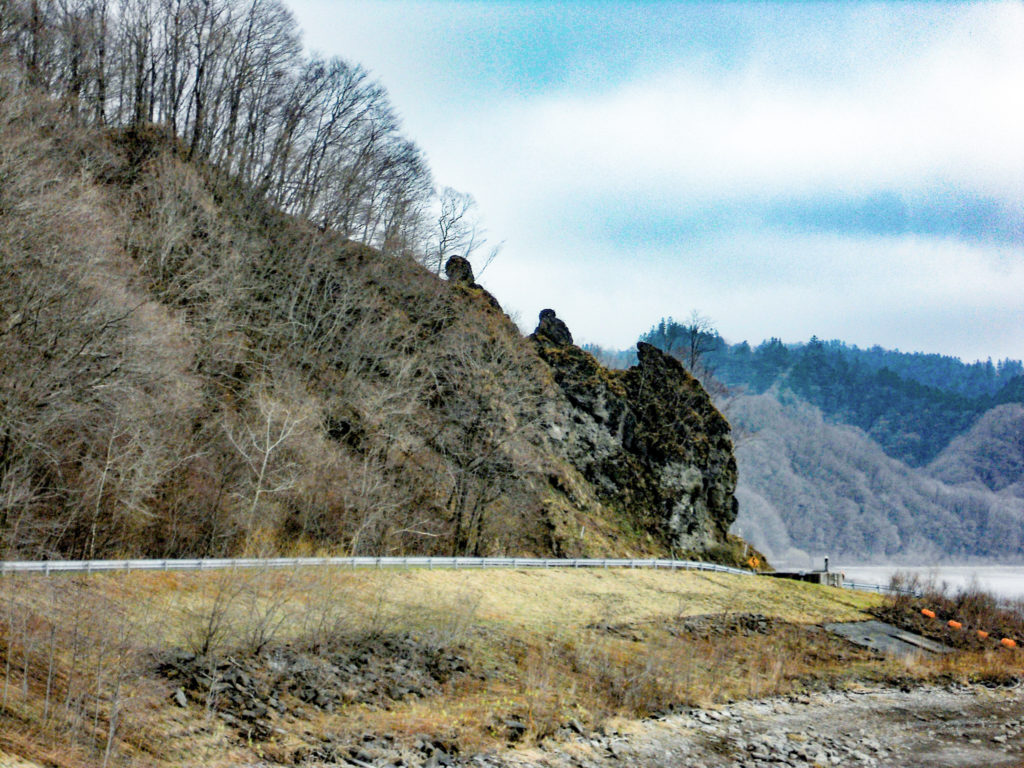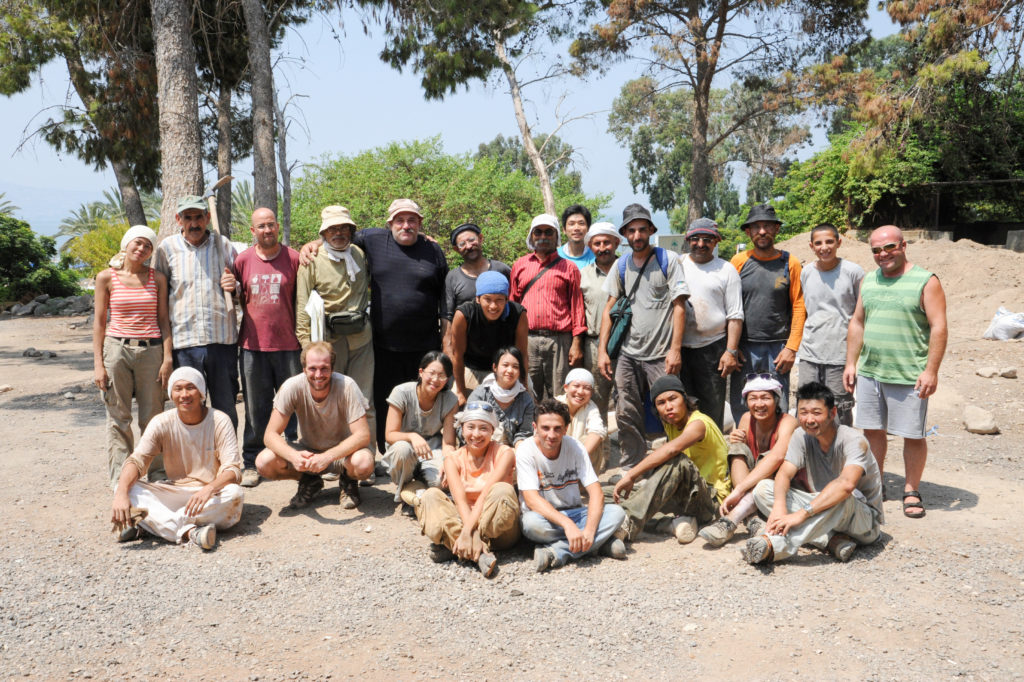Bridging cultural heritage and the present
Research Highlight | January 25, 2021
Associate Professor Mayumi Okada of the Center for Advanced Tourism Studies is introducing a new perspective to the realm of heritage studies in Japan. With a different take on historical studies, Professor Okada is elaborating upon “Public Archeology”, a field that examines the relationship between archaeology and the public, and then seeks to improve it. Although it was conceived as a way to have the public interact with archeology, contentions often occur due to differences in perspective.
“Every time I am at an excavation site, I encounter various perspectives on the local heritage from different stakeholders: from people who are considerate of the local people’s pride, people who are seeing the site as a tourism resource, and even those who have no idea about the archaeology as well as heritage.”
Professor Okada recounted her excavation experience in Israel during her graduate school years that fueled her interest in the field of public archeology. She came to the realization that the local people’s perspective on cultural heritage varies; some recognize the importance of living side-by-side with the traditional legacies whereas others do not. Archaeologists may want to find ways to preserve archaeological sites and its heritage, but it is impossible to do without having the local residents’ comprehension of the importance.
“My approach to understanding cultural heritage gets to introduce the perspectives of the people with close ties to cultural heritage, such as its local communities, indigenous peoples, and local governments, and tourists. In doing so, my interest in public archaeology grew.”
Professor Okada continues on her research regarding cultural heritage management in Israel and Palestine, and has expanded her interests to cultural heritage management of the Ainu people of Hokkaido since joining Hokkaido University. In particular, she focuses on balancing between preservation of and proactive use of the heritage for cultural exchange. She fully acknowledges the fact that a large portion of the public might still only be thinking of tangible heritage (e.g., monuments and buildings) upon hearing “cultural heritage”, whereas there are many intangible legacies related to indigenous people carrying their own sense of value: namely landscape, oral tradition, dances, and similar intangible concepts.
This dominant point of view of cultural heritage can be challenged by creating opportunities for the public to interact with the principles and values of indigenous cultural heritage. However, some indigenous groups have expressed reservations about the integration with tourism activities as they could disrupt ritual spaces.

Saru River of Biratori, Hokkaido is registered as Important Cultural Landscape by the Agency for Cultural Affairs of Japan and has a connection to Ainu oral tradition.
After conducting research regarding the relationship between Ainu heritage and tourism in Shiretoko, Asahikawa, and Biratori, Professor Okada realized that, no matter how tourism might be conceptualized as an effective way of cultural exchange, one false step could lead to the damage of cultural heritage and community.
“Effective cultural exchange through tourism can be achieved if both indigenous people and local residents have an equal stake in incorporating their perspectives and discussing the balance between tourism and heritage preservation,” Professor Okada added.
Originally published in Japanese
Rearranged by Aprilia Agatha Gunawan


